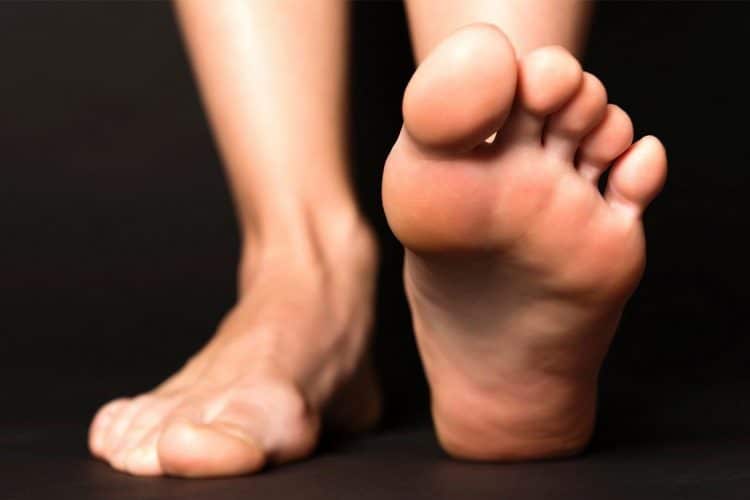Diabetes may be hazardous to the feet; even a slight cut might result in severe complications. It may induce nerve degeneration, resulting in loss of sensation in the feet. It may also decrease blood flow to the foot, making it difficult to heal wounds or fight infections. Therefore, you may not detect a foreign item in your shoe, and you may acquire a blister or sore. This might result in an infection or a wound that does not heal, putting you at risk for amputation.
Follow these diabetic footcare suggestions to avoid major foot disorders that might result in losing a toe, foot, or limb.
How Can You Maintain Healthy and Active Feet?
Maintain a Healthy Weight
The higher your weight, the higher the force exerted on your feet. Obesity causes ailments such as arthritis.
Maintain Moist and Clean Feet
Damage to the autonomic nerves that feed the sweat glands in diabetic individuals leads to dry feet. For diabetic people, a perspiring foot is a healthy foot. Therefore, wash your feet with water and apply a moisturiser after your shower since this is when your feet will have the most moisture. Moisturiser creams will attempt to lock in that moisture for as long as possible.
While keeping the legs and feet wet, the crevices between the toes should be kept dry to prevent fungal infections. Fungi thrive in humid and warm environments.
Wear Suitable Footwear
Always wear sport-specific, branded footwear when engaging in athletics.
Also, while purchasing shoes, do so in the evening, as diabetic feet will be swollen in the evening. Buy a pair that completely covers your feet without being too tight.
Patients with diabetic neuropathy should never go barefoot as any damage, especially a thorn puncture, would be catastrophic.
Examine Your Feet Regularly
Conduct a daily assessment of your feet in the shower or before bedtime. Inspect your feet at least once weekly. Look for flaking, peeling, rashes, swelling, blisters, and cuts under your feet and between your toes. All of these difficulties, if not addressed at the appropriate time, can result in a significant issue in the future.
Also, clean and trim your nails straight across to minimise harm and limit the likelihood of nail fungus or dirt beneath the nail plate, which may be difficult to remove later.
Is It True that Diabetes Requires Foot Amputation?
Numerous diabetics suffer from peripheral arterial disease (PAD). This disorder can restrict blood flow to the feet and is commonly the underlying cause of nerve injury and diminished sensation in the feet.
When these factors are combined, they might lead to foot ulcers and infections. If these problems are not treated quickly, amputation may be required as a last option.
What Are Diabetic Foot Ulcers?
Diabetes might increase the likelihood of foot ulcers, often known as diabetic ulcers. These are generally painless, so it’s easy to overlook them until it’s too late, yet they are one of the most prevalent causes of hospitalisation for diabetes patients.
These ulcers may be caused by excessive pressure on the foot and may need weeks or even months to heal completely. This is why you may be instructed to wear special shoes, braces, or casts to alleviate strain on your feet and expedite healing.
Although diabetes increases the risk of foot issues, you are not helpless against them since you can practise diabetic foot care measures. And if you remain watchful and carry out all possible things to preserve your feet, you may prevent the majority of diabetes-related foot complications.
Ellen Hollington is a freelance writer who offers to ghostwrite, copywriting, and blogging services. She works closely with B2C and B2B businesses providing digital marketing content that gains social media attention and increases their search engine visibility.

